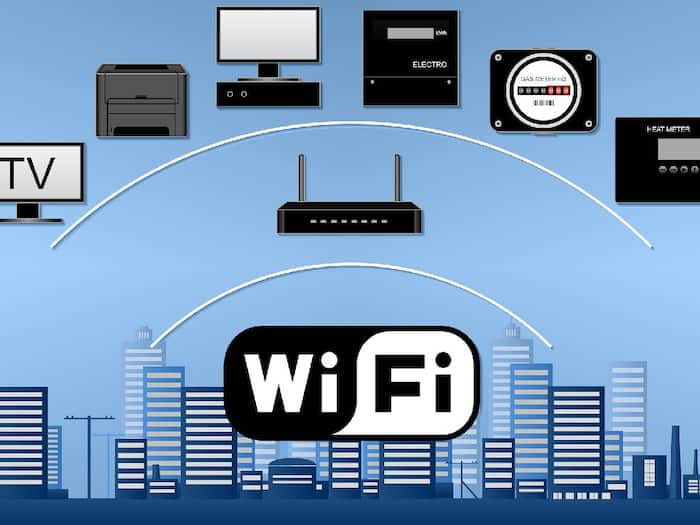
Written By Deepti Ratnam
Published By: Deepti Ratnam | Published: Nov 16, 2025, 02:07 PM (IST)

With the increasing use of the internet for online classes, work from home, streaming movies, or gaming, Wi-Fi has become an essential part of daily life. However, slow Wi-Fi can disrupt all these activities and cause frustration. If your home Wi-Fi isn’t performing well, here are some practical tips and tricks to enhance your connection and improve speed.
The placement of your router plays a crucial role in Wi-Fi performance. Many people keep their routers hidden behind walls or in corners, which weakens the signal. For optimal coverage, place your router in an open area, away from obstructions. This ensures that your devices receive a strong signal and maintain consistent speed throughout your home.
Wireless gadgets like Bluetooth speakers, cordless phones, and other electronics can interfere with your Wi-Fi network, causing slower speeds. Keep your router away from these devices to minimize signal disruption. Proper separation between the router and other wireless electronics ensures a more stable and faster connection.
Connecting too many devices to a single Wi-Fi network can reduce speed for everyone. To enhance performance, disconnect devices that are not in use. This allows your primary device to utilize the full bandwidth, resulting in smoother browsing, streaming, and gaming experiences.
An old router, especially one that is 3–4 years old, can affect Wi-Fi speed. Investing in a dual-band or tri-band router that supports Wi-Fi 6 or Wi-Fi 6E can significantly improve connectivity and overall speed. Modern routers are designed to handle multiple devices efficiently and deliver faster internet across the home.
Regularly updating your Wi-Fi router’s firmware is essential. Updates not only enhance speed but also improve security and network stability. Staying up to date ensures that you can enjoy high-speed internet safely while protecting your privacy.
By following these tips and tricks, you can maximize your Wi-Fi performance at home. Proper router placement, minimizing interference, managing connected devices, upgrading hardware, and keeping firmware updated are simple steps that make a significant difference in internet speed and reliability.